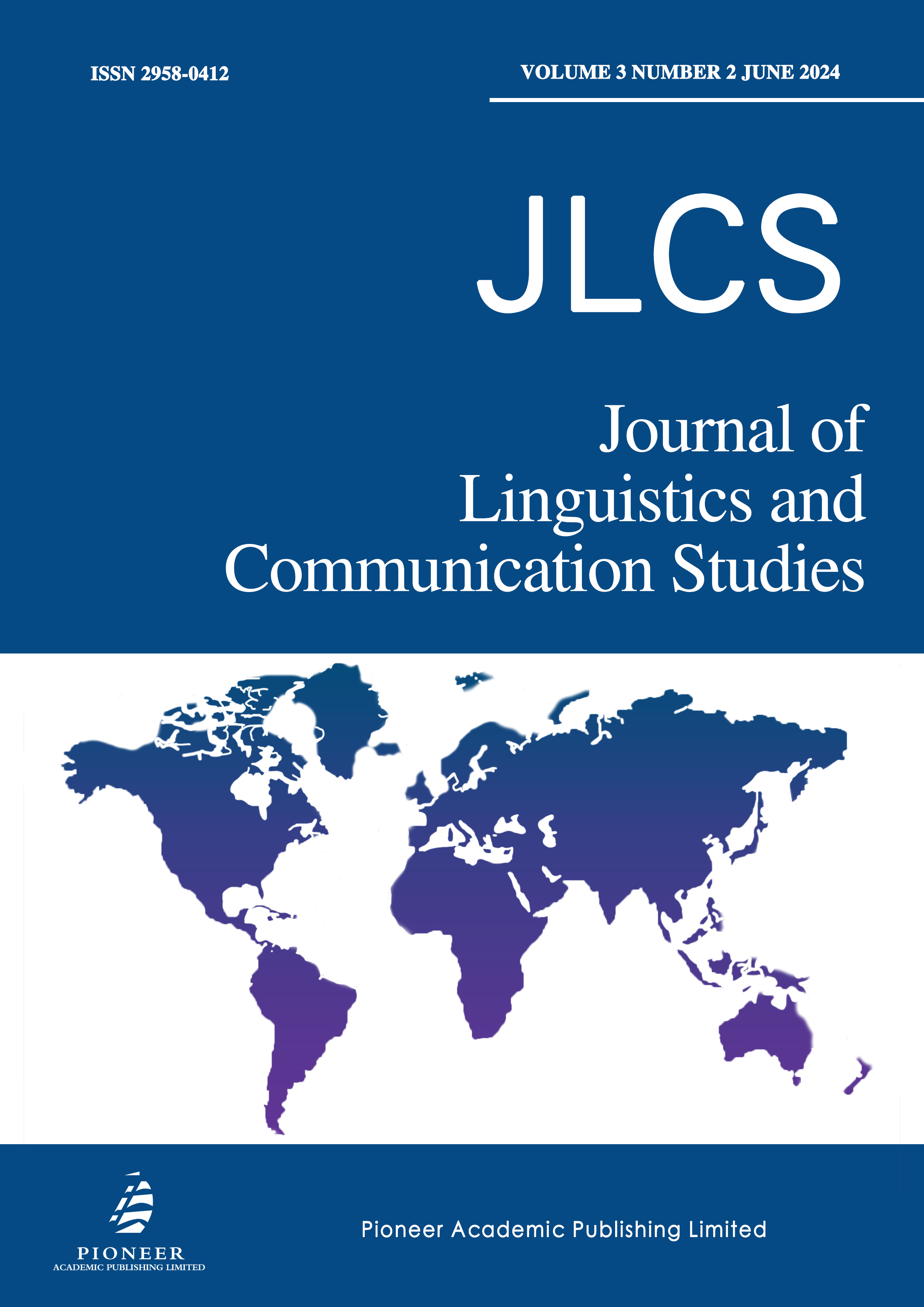The Use of Prosodic Cues in Resolving Ambiguity of Relative Clause Attachment — Prosodic Disambiguation of Chinese EFL Learners
Keywords:
prosodic disambiguation, syntactic ambiguity, L2 proficiencyAbstract
Studies of prosodic disambiguation in second language production can help to explain the development of a learner’s L2 prosody. Previous studies on prosodic disambiguation have found that Chinese EFL learners are capable of using prosodic cues for both boundary marking and focus encoding, but somewhat differently from native English speakers. No clear understanding has yet been obtained about their use of word prominence and prosodic boundary in their speaking production for RC attachment disambiguation. Thus, by using a read-aloud task at sentence level, the present study investigates whether Chinese EFL learners can produce prosodic boundaries and word prominence to disambiguate RC attachment ambiguous sentences in a way similar to native English speakers when informed of the ambiguities in advance. Also, the study gropes into the relationship between English proficiency level and L2 English prosodic disambiguation. The findings in this study will argue for prosodic disambiguation training in foreign language teaching.


